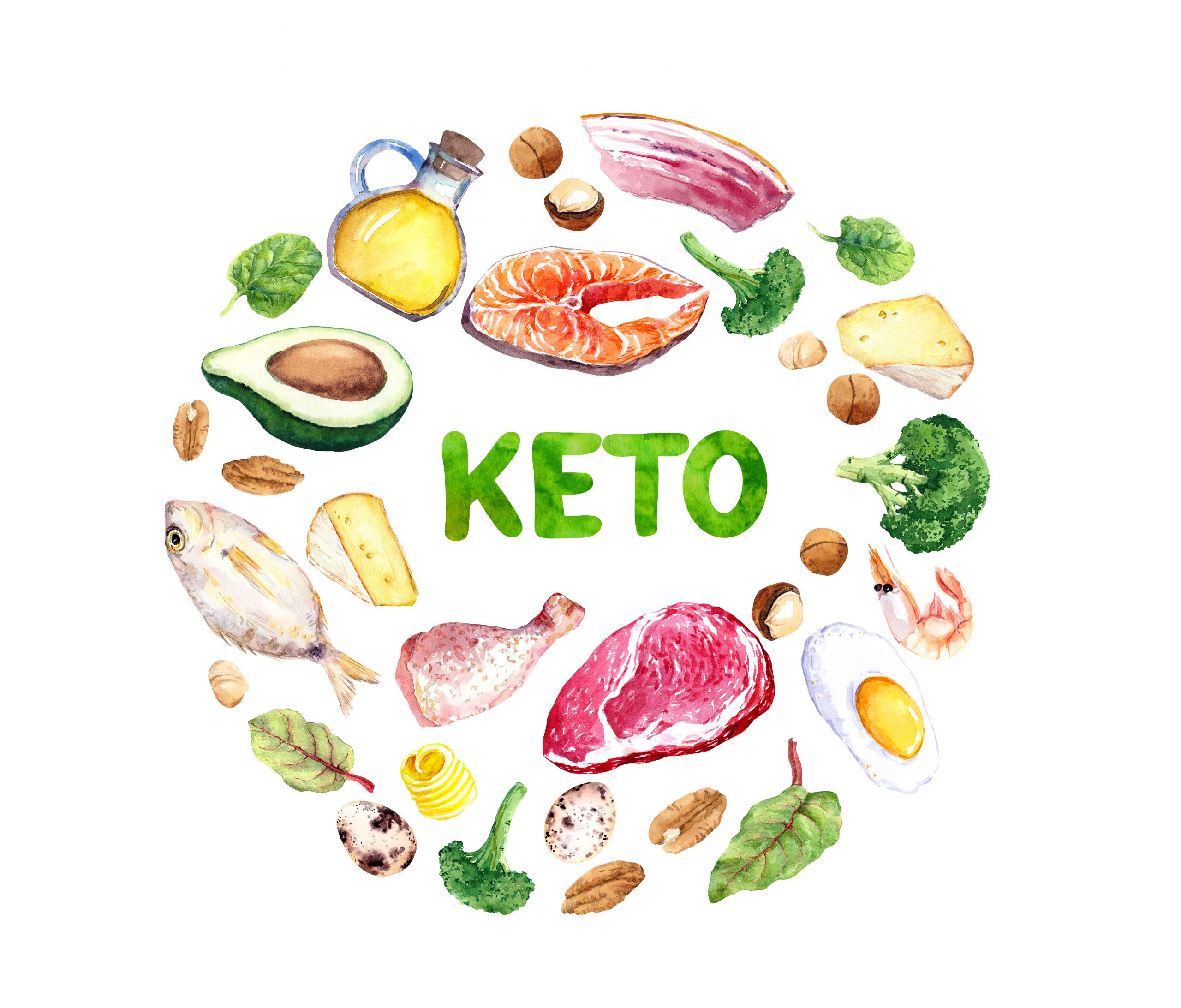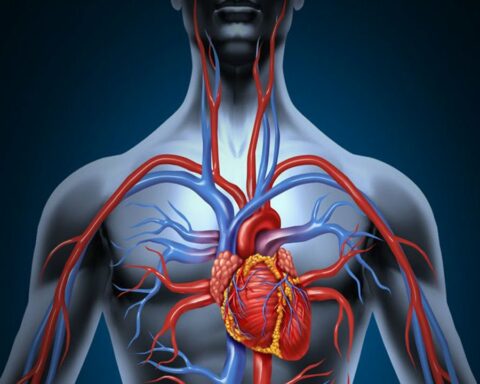Ketosis is a low-carb diet that has become popular in the recent past. It happens when the body does not have any carbohydrate reserves and is forced to burn fats for energy. The body burns fats to make ketones which are excreted in the urine. Ketosis helps you to burn fat, keep muscle, and feel less hungry. How long does it take for the body to transition into ketosis? What factors affect how fast ketosis happens?
How long does it take for the body to transition into ketosis?
Under normal circumstances, ketosis usually starts after three to four days of cutting back on carbs. One can also start ketosis by fasting to make it easier as the body will already have adjusted to low carb intake.
A ketogenic diet is recommended to drive the body to ketosis. The ketogenic diet is a diet that is rich in fat and protein and low in carbs. If a ketogenic diet is extended for too long, one may miss out on necessary nutrients because one has to avoid many types of food with a ketogenic diet. The recommended time to stay in ketosis is a maximum of six months, beyond which it becomes a health risk.
What can make you go into ketosis faster?
- Reducing your daily carb intake to about 20 grams or less. When the body lacks carbohydrates, it uses fat as the main energy source. The number of carbs may vary from person to person.
- By increasing your physical activity,you deplete the glycogen stores in your body. By increasing physical activity and cutting down on carbs, the body is forced to turn to fats instead of glycogen.
- Increasing your intake of healthful fats will help you get into ketosis faster. Examples of healthful fat include avocadoes and avocado oil, olive oil, flaxseed oil, andcoconut oil. Coconut oil contains Medium Chain Triglyceride (MCTs) which, the body can easily absorb.Caution is needed not to take in too many calories if you’re working to lose weight.
- Intermittent fasting can also help the body to adjust and go into ketosis faster. An example of alternative fasting is fat fasting. Fat fasting involves reducing your calorie intake and eating a diet majorly made up of fat for about three days.
- Lowering your protein consumption can help you reach ketosis faster.
- Making frequent ketone tests will help you know the number of ketones in the body and help you make educated dietary choices on where and whether to make adjustments.
- Taking healthy, flavorful snacks and not-starchy vegetables provided fiber that promotes digestive health and satiation.
What slows down ketosis
Ketosis is a natural process in which the body burns fat for energy. There are reasons why some people may not get into ketosis as fast as they expect, such as:
- Consuming high-carb food slows down ketosis because you will derive the needed energy from the carbs and not burn any fats.
- Leading a sedentary lifestyle will lead to the accumulation of fats. Exercise lowers the risk of depression, anxiety, obesity, hearts disease, and diabetes.
- Consuming unhealthy processed foods, unhealthy fats, and foods with added sugars and low on fiber slows ketosis. Stick to unprocessed whole foods.
- Maintaining a high-calorie diet works against ketosis as these calories eventually find their way into fat deposits sites in the body.
- Undiagnosed medical issues like Polycystic Ovarian Syndrome (PCOS), hypothyroidism, depression, Cushing’s syndrome, and hyperinsulinemia could make it hard to shed weight.
- Stress and lack of adequate restful sleep produce high cortisol levels, the stress hormone, which makes the body store belly fat.
- Having unrealistic weight loss goals can discourage you and make you feel like you are not doing enough and not at the right rate.
- Constant snacking on high-calorie food between meals can derail your weight loss goal and slow down ketosis.
The side effects of ketosis
As the body transitions into ketosis, a person may experience some negative symptoms for the first few days. Some of these symptoms resemble symptoms of flu; hence they are commonly called “keto flu.” They include:
- Fatigue
- Headaches
- Bad breath
- Increased hunger
- Poor concentration
- Leg cramps
- Constipation heart palpitations
- Dehydration
- Kidney stones
- Fatty liver
- High cholesterol levels
- Hypoglycemia
- Irritability
- Poor sleep
- Nausea
- Reduced physical activity
- Ketoacidosisfor diabetics
- Nutritional deficiencies
Who should avoid ketosis?
Anyone who wants to go into ketosis should consult a doctor who knows their medical history. Ketosis should be avoided by people who have these conditions:
- People who have had a liver failure or who are currently on medication for their liver.
- People who have a problem with their pancreas.
- People with carnitine deficiency or having porphyria.
- People with disorders that affect their body’s fat processing ability.
- Pregnant women
- Nursing mothers
- Adolescents
- Young children.
Tips to make transitioning into ketosis easier
- Start slowly and ease into ketosis. It helps to fast intermittently or try a low-carb diet before going into a ketogenic diet. Doing so prepares the body to adjust to the new diet and go into ketosis faster and easier.
- Eat fiber-rich foods.
- Increase your water intake. Keeping yourself well hydrated will significantly contribute to weight loss, especially in the beginning.
- Taking foods high in potassium and magnesium will relieve muscle cramps.
- Maintain moderation in your exercising sessions.
Common signs you’re in ketosis
There are some signs that signal you’re in ketosis even without taking the ketones test. These are:
- Noticeable weight loss.
- Bad oral breath.
- Constipation
- Diarrhea
- Suppressed appetite.
- Short-term fatigue
- Reduced physical performance
- Insomnia
- Higher concentration and energy
- A ketone test will show the increased presence of ketones in the blood, breath, and urine.
Take home on ketosis
Ketosis happens when the body does not have any carbohydrate reserves and is forced to burn fats for energy. Usually, achieving ketosis takes three to four days but may take longer, dependent on some factors. There are ways to speed up ketosis. Some groups of people should avoid going into ketosis, and anyone who wants to go into ketosis should consult their doctor before doing so.
- Learn to Enjoy Self-care Routine - September 21, 2023
- Jonathan Aufray’s Story - July 29, 2023
- From Public Housing To Ivy League: The Inspiring Journey of Crystaltharrell.com and its Founder - June 7, 2023









